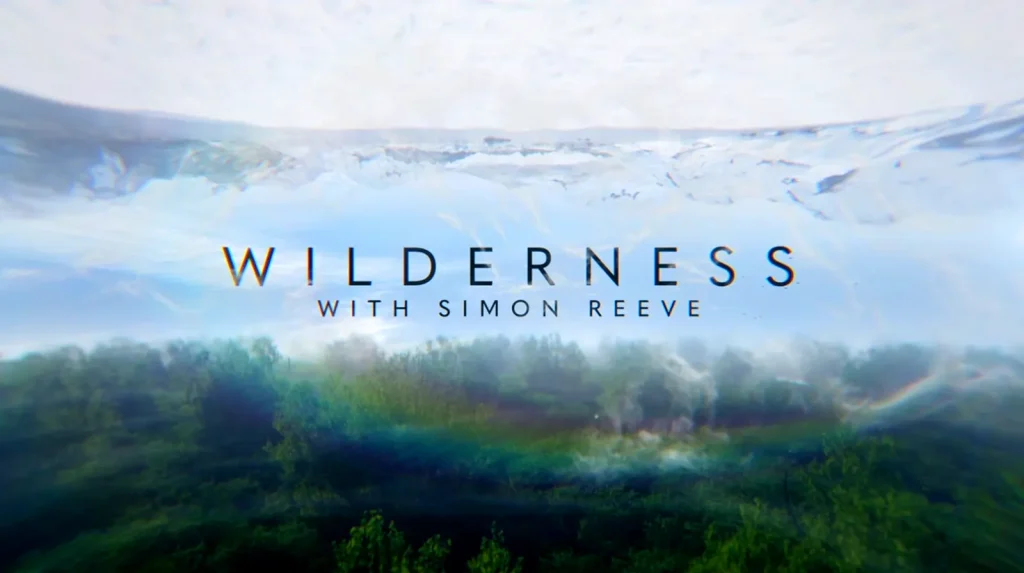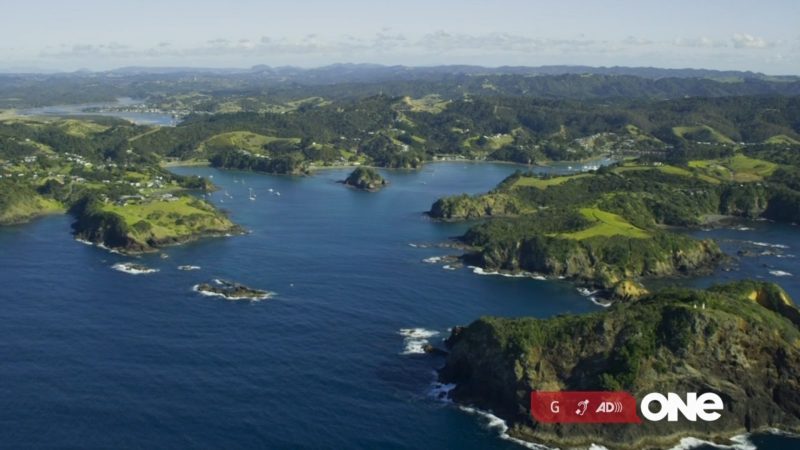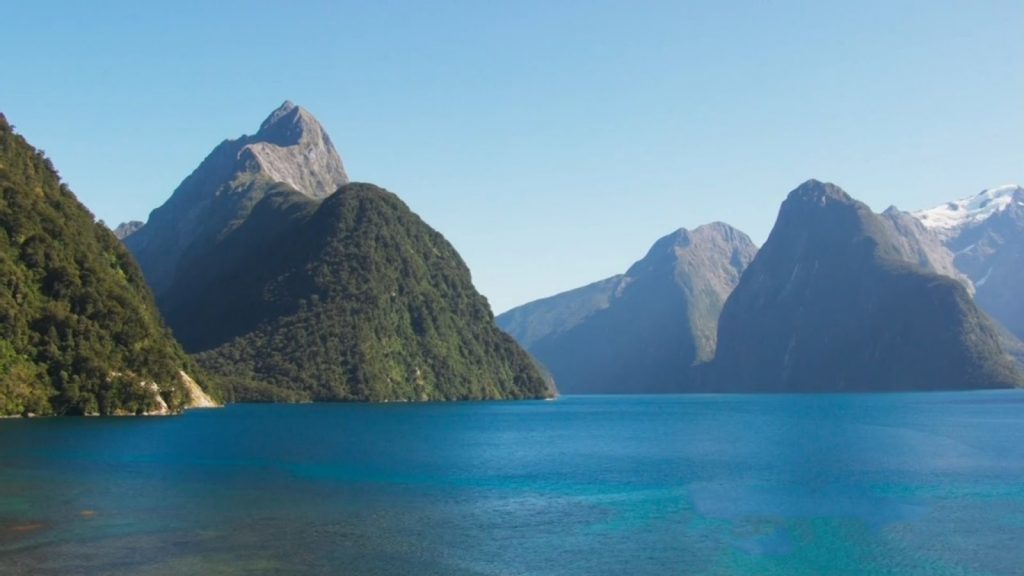Wilderness with Simon Reeve episode 4 – Kalahari – In the captivating fourth episode of “Wilderness with Simon Reeve,” titled “Kalahari,” viewers are transported to the heart of southern Africa’s Kalahari Desert. Spanning an immense half a million square miles, this desert and scrubland stands as one of Africa’s last untouched wildernesses. Beneath its vast expanse lies a remarkable sand basin, stretching up to a mile deep in certain areas, a testament to the region’s unique geological history.
Simon Reeve embarks on an extraordinary journey across this arid landscape, unveiling the stark beauty and raw survival challenges of the Kalahari. His exploration reveals not just the harshness of the desert, but also its surprising bursts of life. He encounters diverse wildlife and plant species that have adapted ingeniously to thrive in this dry environment.
One of the episode’s highlights is Simon’s interaction with the San people, the region’s indigenous inhabitants. Known for their exceptional hunting and tracking skills, the San have harmoniously lived in the Kalahari for thousands of years. Their deep understanding of the land and its ecosystem is unparalleled. Simon joins a group of San hunters as they track wildebeest, offering viewers a rare glimpse into their traditional hunting techniques and profound connection to the earth.
Another striking feature of this episode is Simon’s visit to the Okavango Delta. This unique geographical marvel undergoes a dramatic transformation each year. Seasonal rains convert what is typically a parched desert landscape into a lush, vibrant oasis teeming with greenery and wildlife. This annual event not only brings a surge of life to the delta but also highlights the delicate balance and interdependence of ecosystems in this part of Africa.
“Kalahari” is not just a travelogue; it’s an insightful exploration of one of the planet’s most extraordinary environments. Simon Reeve’s engaging narrative and the stunning visual portrayal of the Kalahari’s contrasting landscapes make this episode a must-watch for anyone fascinated by nature’s wonders and the diverse ways of life it supports.
Wilderness with Simon Reeve episode 4 – Introduction to Simon Reeve’s Journey in the Kalahari
Capturing the Essence of the Kalahari Desert
In the vast, sun-drenched expanse of southern Africa lies a remarkable realm of extremes – the Kalahari Desert. A land where the sun scorches the earth, the Kalahari is a canvas of endless horizons, painting a picture of solitude and survival. It’s not merely a geographical feature; it’s a testament to the unyielding spirit of nature. This desert, spanning a staggering half a million square miles, stands as one of the last great untamed wildernesses on the African continent. Beneath its seemingly barren surface, the Kalahari holds secrets of an ancient world, with sand basins reaching up to a mile deep in places, whispering tales of geological marvels long past.
Venturing into this arid yet awe-inspiring landscape, one discovers a contrasting tapestry of life. Here, resilience isn’t just a trait; it’s a necessity. The Kalahari, with its harsh climate and scarce resources, has become a crucible for some of the most remarkable adaptations in the animal kingdom. As the golden sun sets, casting long shadows over the dunes, one can’t help but feel a deep connection to this primordial land, a bridge to our ancestral past.
Unveiling the Episode’s Central Themes
Simon Reeve’s journey through the Kalahari is not just a passage through space but a dive into the depths of nature’s heart. It’s a narrative that unfolds the rugged beauty of the desert and the tenacity of life that thrives within it. Each step of this exploration is a dance with extremities, revealing the delicate balance between fragility and endurance in the natural world. The desert, often perceived as a lifeless void, emerges under Reeve’s lens as a vibrant ecosystem, pulsating with life and energy.
This odyssey is also a tribute to the people of the Kalahari – the San. Their story is woven into the very fabric of this land. With a heritage that traces back thousands of years, the San have not just survived but thrived in these challenging conditions. Their unparalleled understanding of the desert, honed over millennia, offers a unique perspective on living in harmony with the environment. As Reeve accompanies the San in their traditional hunting practices, viewers are offered a rare glimpse into an ancient way of life, profoundly connected to the Earth and its rhythms.
Exploring the Kalahari’s Unique Ecosystem
The Kalahari’s Flora and Fauna: A Testament to Adaptation
In the heart of southern Africa, the Kalahari Desert unfolds its tapestry of life, defying the odds with a vibrant display of flora and fauna. This desert, often perceived as a barren wasteland, is actually a sanctuary for a diverse array of species, each uniquely adapted to its challenging conditions. The Kalahari’s ecosystem is a masterclass in resilience and adaptation. Here, plants like the iconic acacia tree, with its deep root systems, stand as symbols of survival, drawing life from deep beneath the arid surface. These trees not only provide shade and respite from the relentless sun but also form the backbone of the desert’s ecological network.
The animal kingdom in the Kalahari is equally remarkable. From the regal oryx with its long, spear-like horns to the elusive Kalahari lion, each species tells a story of evolution shaped by the desert. These animals have developed unique strategies to thrive in an environment where resources are scarce. The oryx, for example, can raise its body temperature to avoid perspiration, conserving precious water. The Kalahari lion, with its lighter build compared to its savannah-dwelling cousins, is perfectly adapted for long, stealthy hunts in the sparse desert vegetation.
The San People: Guardians of the Kalahari
The Kalahari is not just a home to wildlife; it’s the ancestral land of the San people, often considered the oldest continuous inhabitants of Africa. Living in harmony with the harsh environment, the San have honed an intimate knowledge of the desert. Their survival skills, passed down through generations, are a living library of the Kalahari’s secrets. The San’s tracking skills are legendary, turning the subtlest signs in the sand into a vivid story of life in the desert.
The relationship between the San and the Kalahari is symbiotic. They have a profound respect for the land that sustains them, taking only what they need and ensuring the continuity of the ecosystem. Their hunting techniques, for example, are a testament to this philosophy. Using ancient, sustainable methods, they hunt in a way that maintains the delicate balance of the desert’s wildlife populations. This deep connection with the land is not just a matter of survival; it’s a spiritual bond, reflecting a way of life that has stood the test of time.
In exploring the unique ecosystem of the Kalahari, we uncover stories of remarkable adaptation and resilience. The desert, with its harsh conditions, has nurtured a world where life thrives in balance, and where the San people continue to live in a timeless harmony with nature.
Transformation and Interdependence in Nature
The Okavango Delta: From Desert to Oasis
The Okavango Delta, a jewel in the Kalahari Desert, presents one of nature’s most astonishing transformations. Each year, this dry and dusty terrain undergoes a miraculous metamorphosis, as seasonal rains breathe life into it, turning the desert into a lush, vibrant oasis. This annual phenomenon is a spectacle of nature, showcasing the incredible adaptability and resilience of Earth’s ecosystems. The arrival of water sets the stage for a burst of life, attracting a myriad of wildlife from the surrounding arid regions. Elephants, zebras, and countless bird species flock to this newly formed haven, creating a bustling hub of biodiversity.
The delta’s transformation is not just a stunning display of nature’s dynamism; it’s a critical lifeline for the region. This influx of water rejuvenates the soil, supports plant growth, and sustains the wildlife populations that depend on this oasis for survival. The delta serves as a vivid reminder of the interconnectedness of Earth’s ecosystems. Here, water is the elixir that links land, animals, and plants in a delicate balance of survival and prosperity. The Okavango Delta stands as a testament to nature’s ability to adapt, thrive, and flourish against all odds.
The Balance of Ecosystems: A Broader Perspective
The Kalahari’s story is one of interdependence and ecological harmony. Simon Reeve’s journey through this region highlights the intricate connections that bind the desert, its wildlife, and the Okavango Delta. These connections underscore the importance of every element in an ecosystem, no matter how small or seemingly insignificant. The health and stability of these environments depend on the careful balance of these relationships.
The Kalahari and the Okavango Delta serve as a microcosm of the broader environmental challenges and triumphs our planet faces. They remind us that every ecosystem is a complex, interconnected web. The survival of one species can hinge on the wellbeing of another, and the impact of environmental changes can ripple through the entire network. This chapter of the Kalahari’s story is a powerful call to action, urging us to recognize and respect the delicate balances within nature. It is a narrative of hope and resilience, a lesson in the importance of conservation and environmental stewardship for preserving the world’s natural wonders.
FAQs: Wilderness with Simon Reeve episode 4 – Kalahari
What makes the Kalahari Desert unique in the African continent?
The Kalahari Desert is a mosaic of extremes, distinct in its vastness and diversity. Stretching over 900,000 square kilometers, it’s more than a desert; it’s a large basin of sand and savannah. Unlike typical deserts with rolling dunes, the Kalahari boasts a variety of habitats, from dry riverbeds to grasslands. This diversity supports an astonishing array of wildlife and plants, uniquely adapted to the harsh climate. The Kalahari’s blend of desert and savannah ecosystems makes it a unique ecological treasure on the African continent.
How have the San people adapted their lifestyle to the Kalahari environment?
The San people, indigenous to the Kalahari, are a testament to human resilience and adaptability. Their lifestyle is intricately woven into the fabric of the desert. They have mastered the art of surviving in this harsh environment by developing exceptional tracking and hunting skills, understanding medicinal plants, and utilizing every resource the desert offers. Their deep-rooted knowledge of the Kalahari’s flora and fauna, passed down through generations, enables them to thrive in a landscape that might seem inhospitable to others.
What is the significance of the Okavango Delta’s transformation for the region’s biodiversity?
The transformation of the Okavango Delta from a dry landscape into a flourishing oasis is a spectacular natural phenomenon. This annual event, triggered by seasonal rains, creates a wetland paradise that supports an incredible variety of life. The influx of water revitalizes the region, attracting animals from across the Kalahari for nourishment and breeding. This ecological event plays a pivotal role in maintaining the biodiversity of the region, serving as a vital refuge for numerous species and maintaining the ecological balance of the Kalahari.
How does Simon Reeve’s journey in the Kalahari contribute to our understanding of nature’s adaptability and resilience?
Simon Reeve’s journey through the Kalahari offers a profound insight into the adaptability and resilience of nature. His exploration highlights how life, in all its forms, has ingeniously adapted to the extreme conditions of the desert. By showcasing the interplay between the harsh environment, its wildlife, and the indigenous San people, Reeve’s journey illuminates the delicate balance of ecosystems. His narrative brings to light the importance of understanding and preserving these natural habitats, reminding us of the remarkable resilience of our planet.




